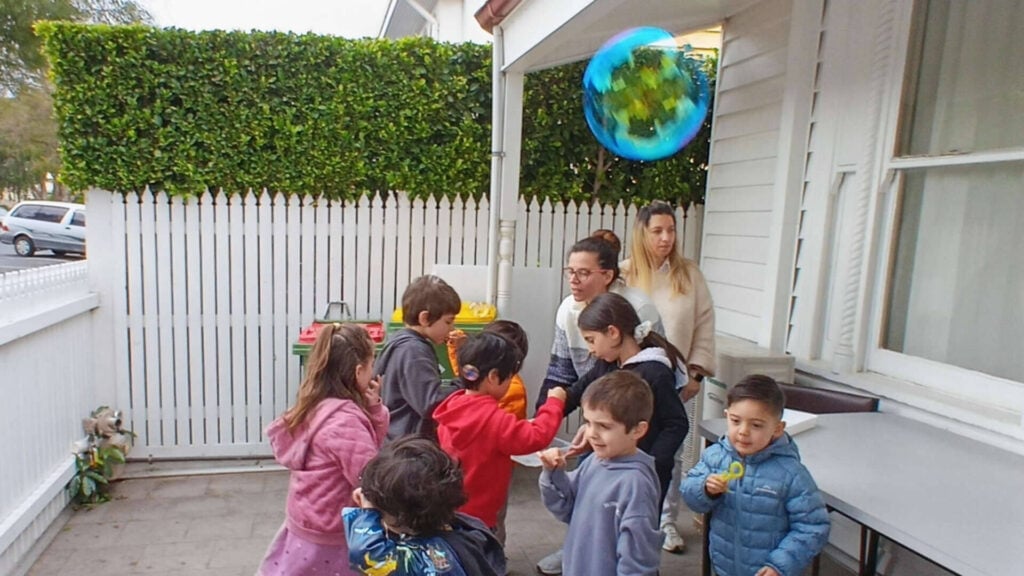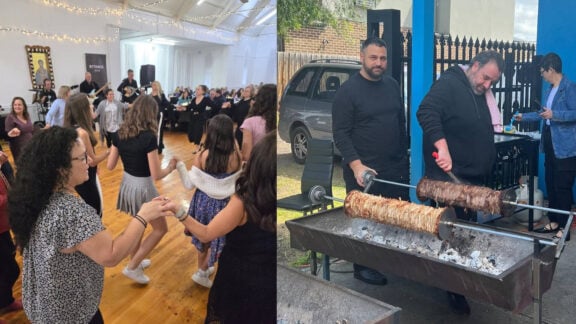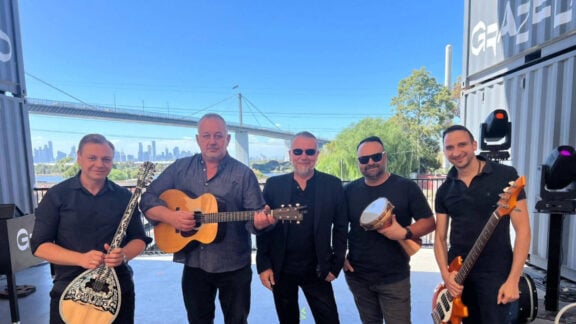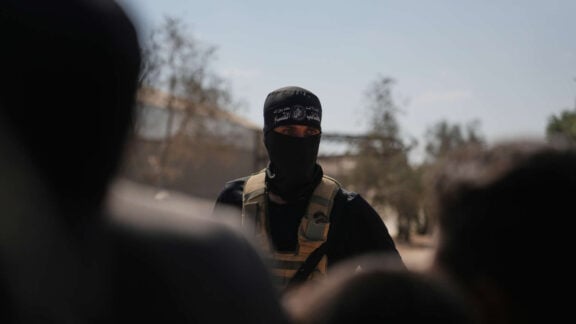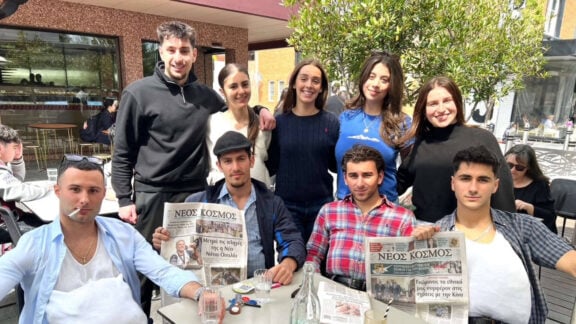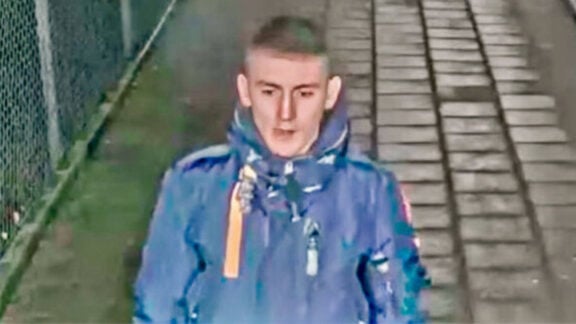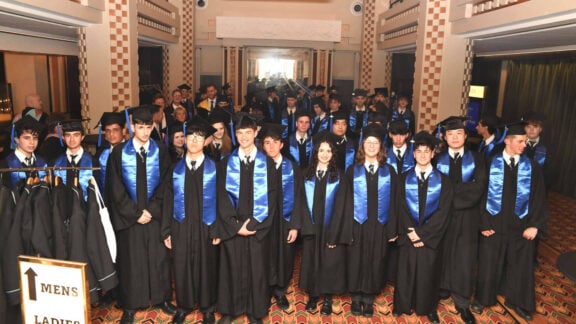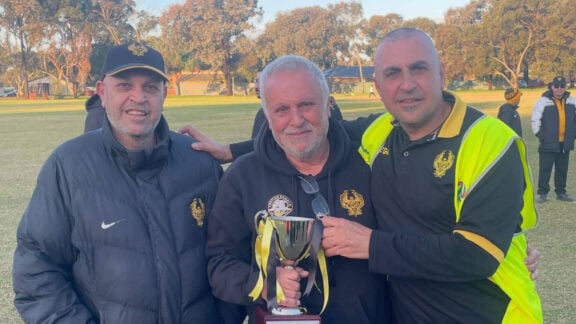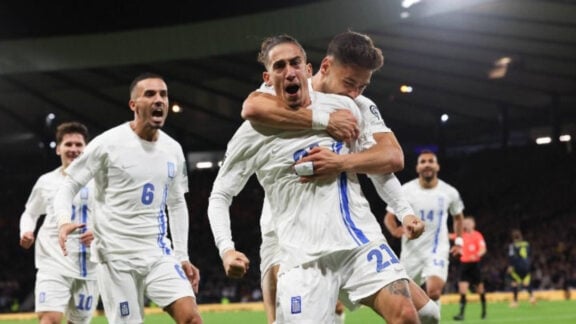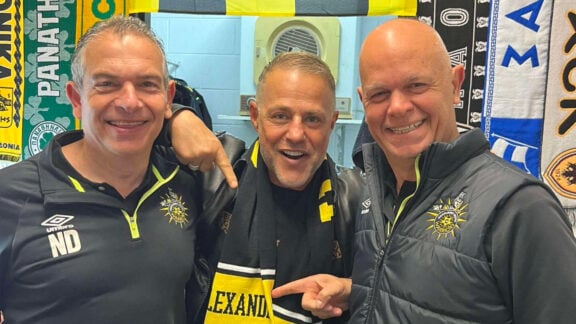During the winter school holidays, the Greek Community of Melbourne’s schools delivered an innovative STEM program that bridged science with culture, myth with observation, and play with learning. Held on July 7, 8 and 10 across three campuses—Huntingdale, Footscray and Balwyn North—the program offered a unique hands-on experience for children aged 4 to 10.
Centred on the elements of water and air, the sessions offered an interactive learning journey where science became a lived experience, and cultural awareness became a tool for reflection and expression.
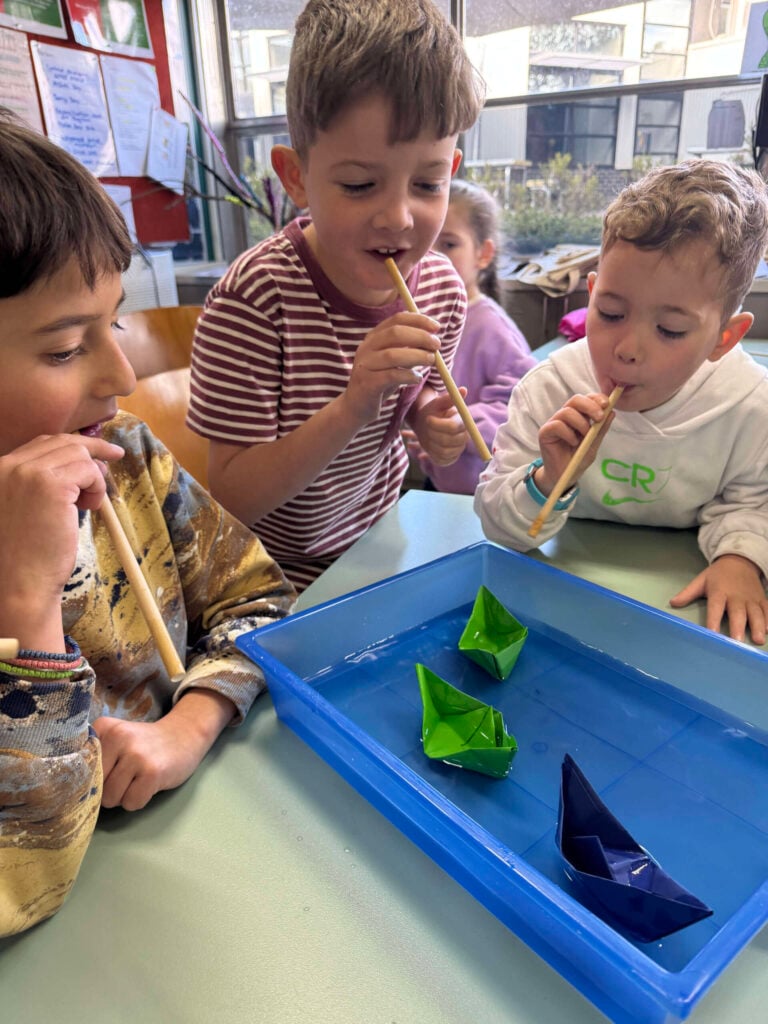
STEM Infused with mythology
“The program was designed using a STEM-based approach, meaning an interdisciplinary blend of Science, Technology, Engineering and Mathematics delivered through creative methods. We used myths as a springboard to observe phenomena, experiment, and express ourselves,” explained one of the educators who curated the program.
The adventure began with the Aboriginal myth of Tiddalik, the frog who drank all the water on Earth, sparking curiosity in children about the water cycle and the value of natural resources.
From there, the children followed Odysseus through the winds of Aeolus, exploring the concept of air by building boats from natural materials and engaging with the ancient Greek myth.
“We saw how two ancient cultures—Aboriginal and Greek—used myth to make sense of the world. Observation, experimentation, and storytelling merged into one. That’s the essence of STEM in early learning: to ignite thinking and inspire questions.”
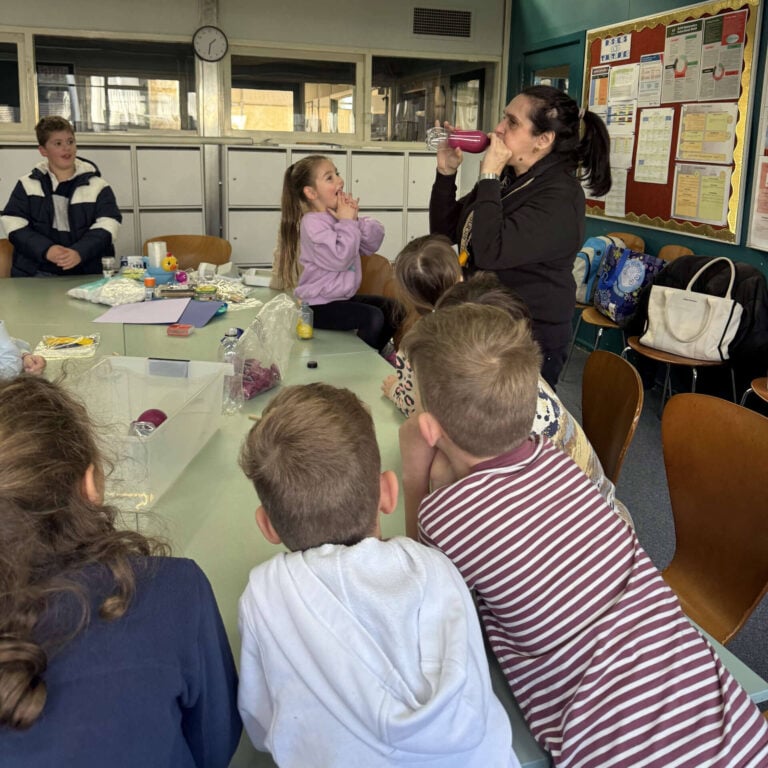
Learning through the senses
Children explored water and air through touch, movement, and group activities. They also developed language skills through storytelling, creative construction, and descriptive exercises—blending scientific inquiry with linguistic expression.
“What we particularly valued was connecting scientific observation with cultural consciousness. The children listened, played, created, discussed—and, most importantly, felt that what they were learning had meaning and connection to their world,” the educator added.
What the parents said
Parental feedback was overwhelmingly positive and heartfelt. Their responses highlighted the joy of learning, the power of intercultural education, and the Greek language as a living bridge to the world.
“Sofia had a wonderful time on Thursday and couldn’t stop talking about what she learned in class. She enjoyed it so much she didn’t want it to end. It was a beautiful experience for her,” said Vangelis, Sofia’s father.
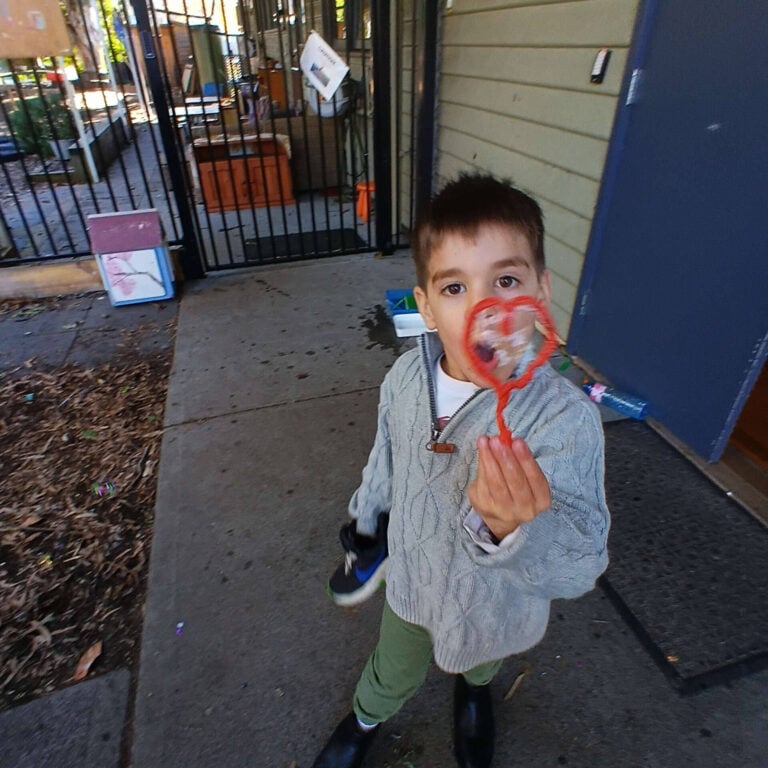
Konstantina, mother of Joseph and Georgia, said: “Even though they’re little, the kids didn’t want to leave and joined every experiment and activity with excitement. I loved that they learned through play and kept the Greek language and culture alive.”
“Andrianos was thrilled to learn about the shared elements between Aboriginal and ancient Greek cultures. He had fun and learned through experience—now he keeps asking to do more experiments! I’m so glad he took part in such a creative program,” said his mother, Maria.
A community that learns together
The GCM schools’ STEM initiative showed that when science is fused with language and culture, education becomes something deeper—an act of soul. In a safe and inspiring environment, children received more than knowledge; they gained a stronger sense of identity.
When learning becomes lived experience, a child doesn’t forget. And that, ultimately, is every educator’s goal
